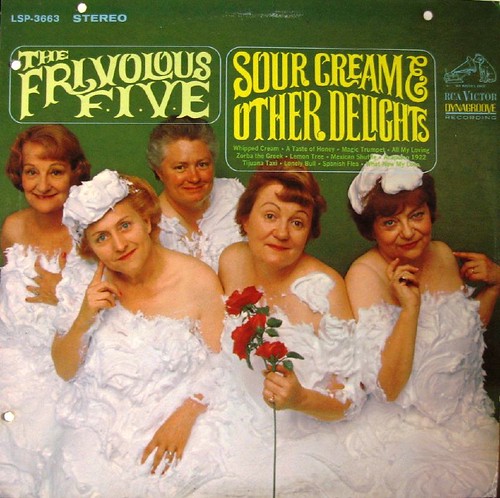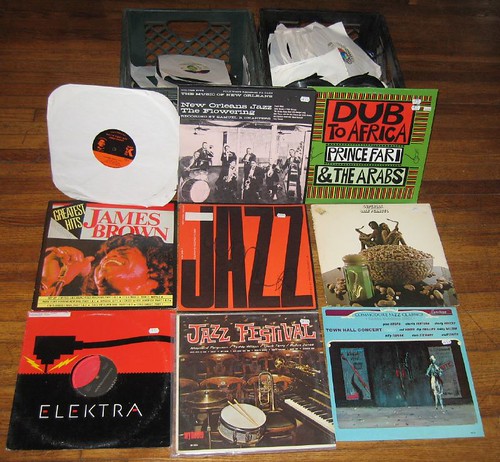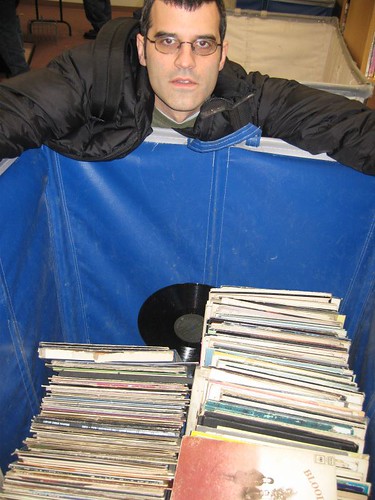Europe's Society Orchestra Animation!

Yup. You read it right. Another incredible find from Rob Chalfen (local archivist and itinerant Jazz historian). This one is so amazing, I could not sleep on it.
James Resse Europe was one of the first African American musicians on record and was a critical link in the transition from Ragtime to Jazz in the early part of the last century. A less well known fact is how two ragtime dancers, Irene and Vernon Castle, contributed to the development of Jazz by broadly exposing Europe's music to white society audiences.
Reading Eileen Southern's foundational The Music of Black Americans, it becomes clear that African American bands were the performers of choice for dance parties starting at the very beginning of the republic. Nothing much had changed by the time the Castles got back from Europe where they had been performing their diluted, African American derived Ragtime dances to society audiences in 1911-12. Upon returning to the states and hearing James Reese Europe's unique brand of stompin' and swerving ragtime (aka proto Jazz) in 1913, they decided to team up. This combination of high society dancers performing "cleaned up" African American derived dances to the stomp and swerve of Europe's Society Orcestra was to become an irresistable combination. It led to national tours and the first recording of an African American Orchestra by a major record label among other important firsts.
It also led to a film reel made in 1914 called Social and Theatrical Dancing and the publication of a dance instruction book called Modern Dancing later that year. As ever, Europe's Society Orchestra provided the music. Just a little while ago, Chalfen found the book. In it are plates of the Castles doing some of their famous dances, including the Castle Walk. In the background is Europe's Society Orchestra.

Ever the Ragtime Quasi-Experimentalists, we realized that if we animated these plates, we could create a short film of Europe's Society Orchestra performing in 1914. And that's just what we did friends! While its kind of badly registered, the animation below gives you some feel for the vibe in the room. Amazingly, you can even see the fiddle player bowing. If you listen to this Europe's Society Orchestra Castle Twofer.mp3 which contains two songs Europe wrote for the Castles around that time ("Castle House Rag - The Castle's in Europe" and "Castle Walk"), you get an even better sense.
I hope to do more with these plates soon (like scan them properly rather than photograph them with my little digital camera). But for now, enjoy this rare look at one of the most important musical/dance combos in history.









